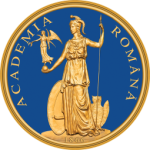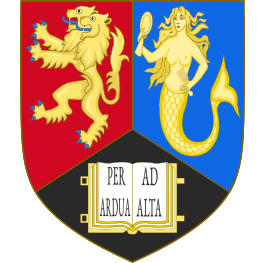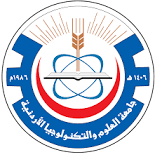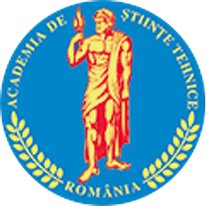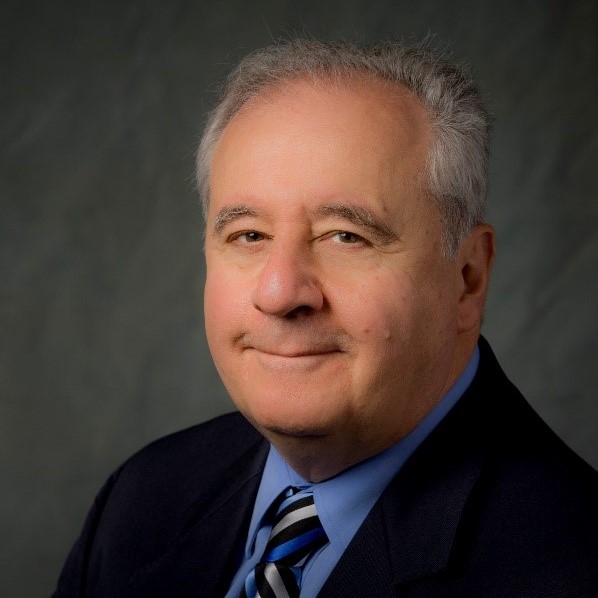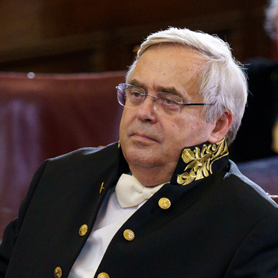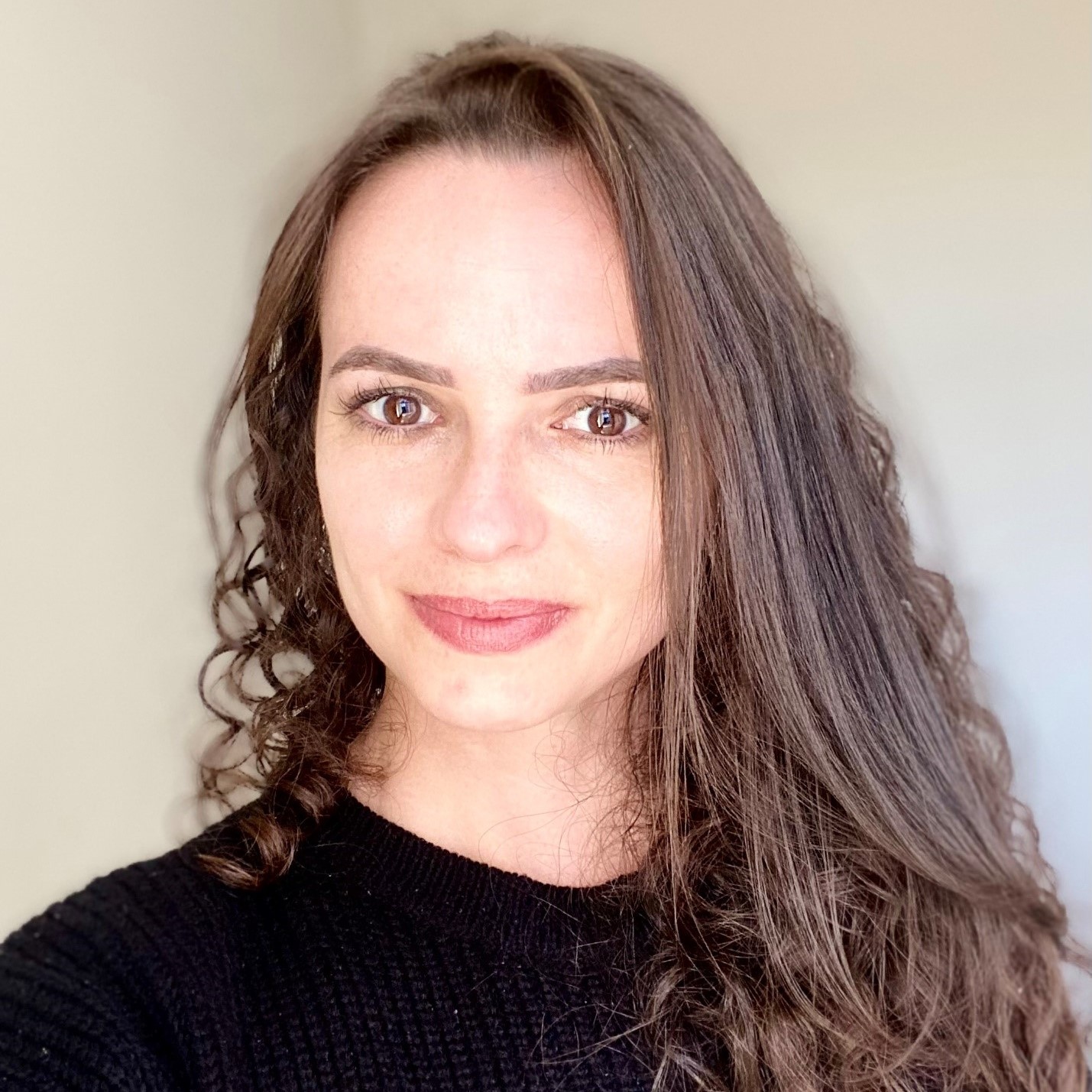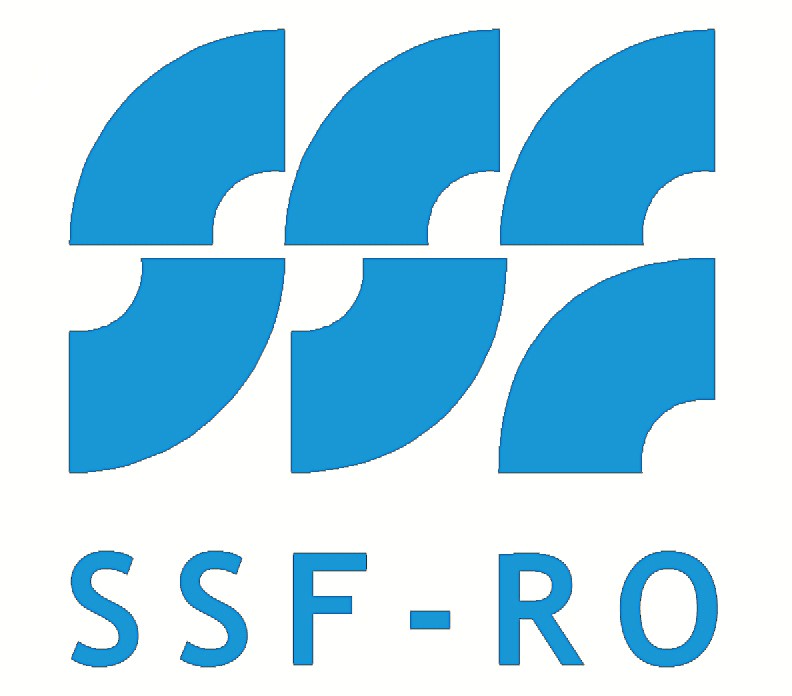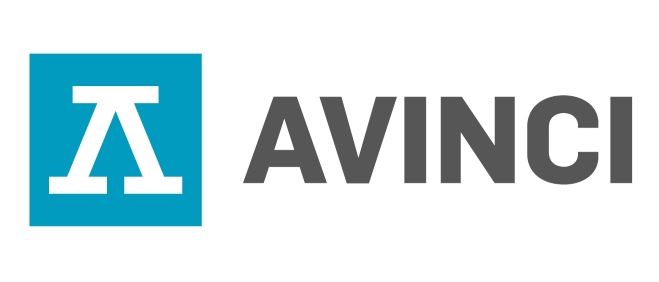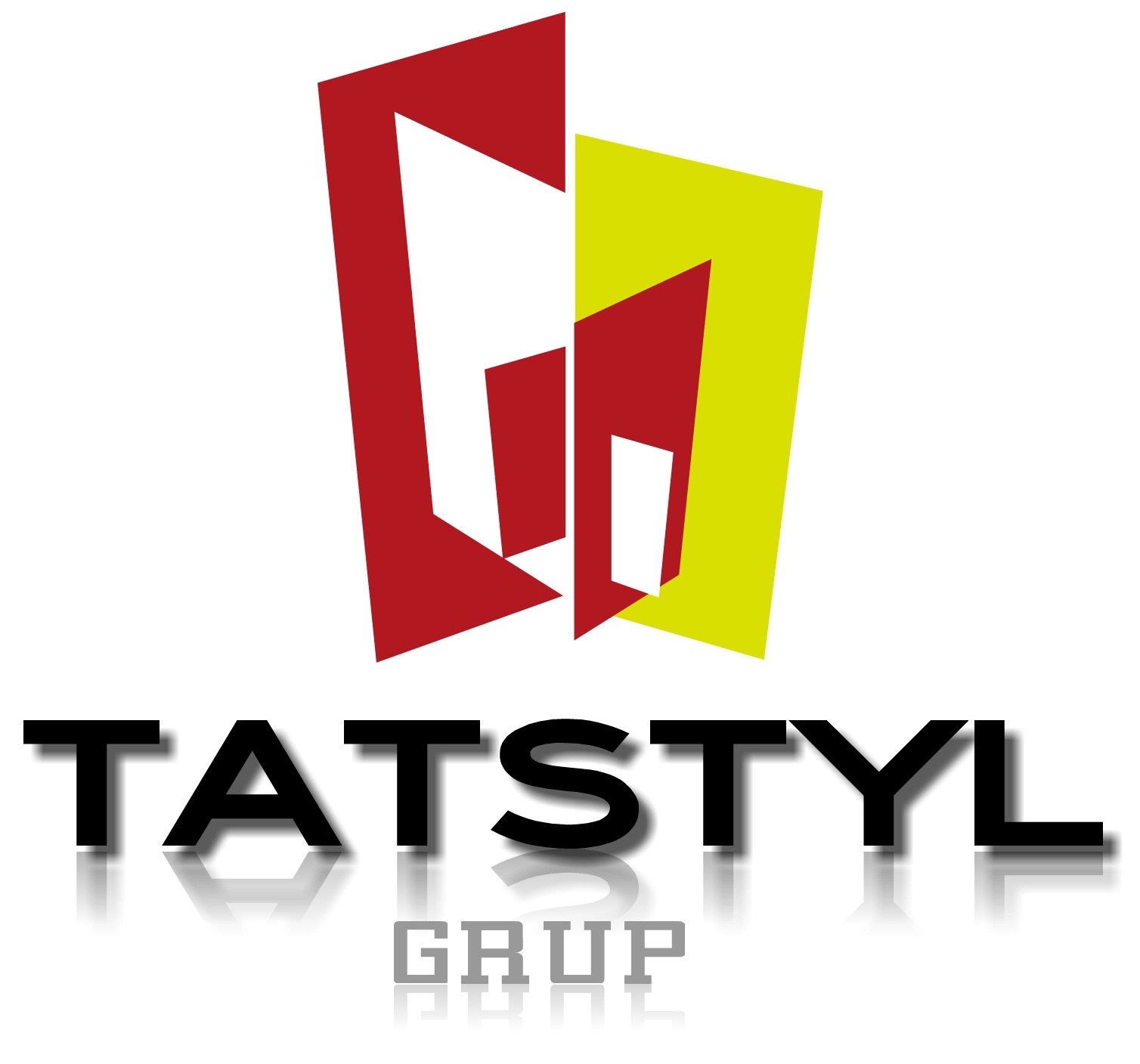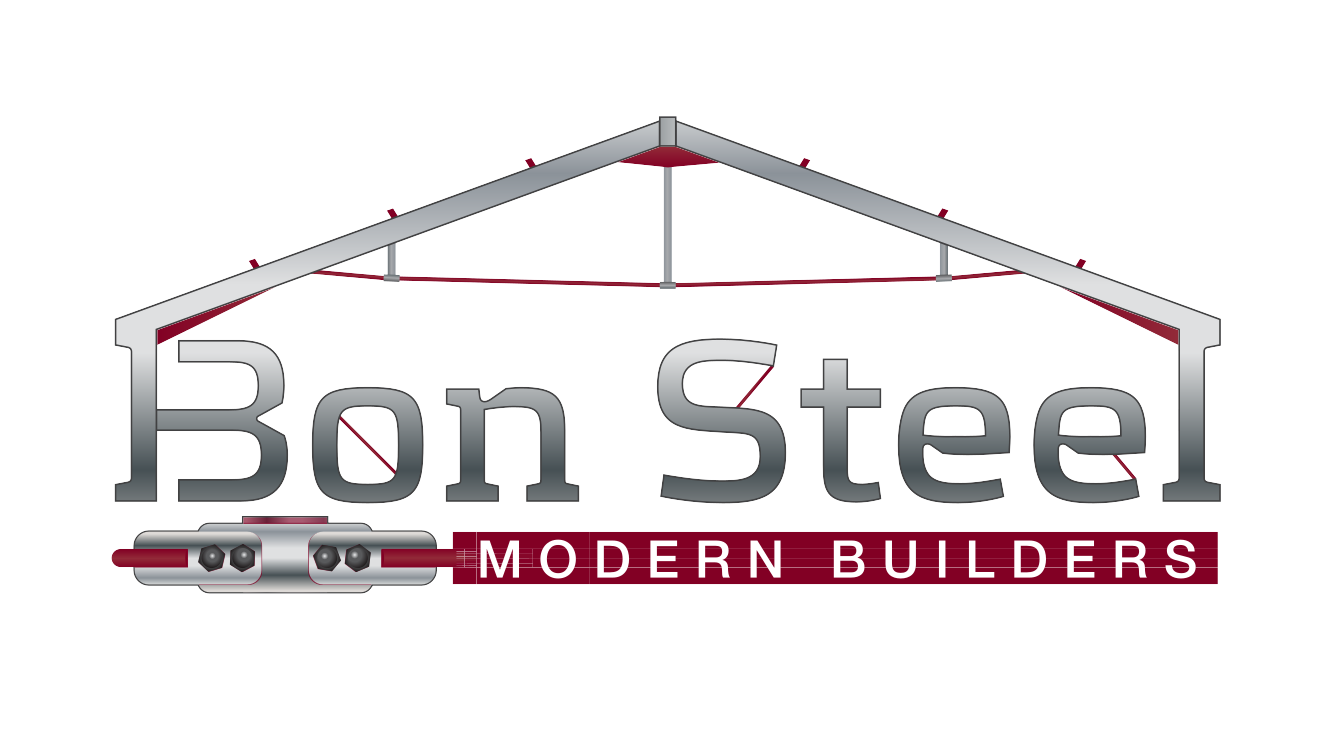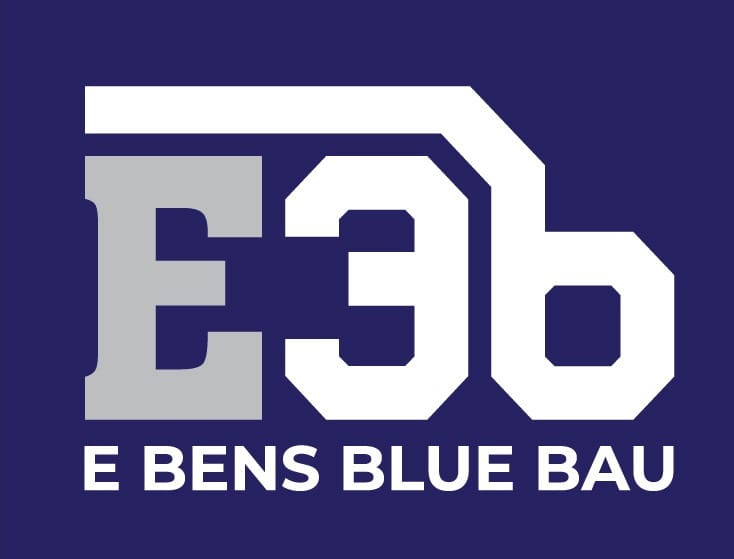CESARE 2024 The 4th International Conference on Coordinating Engineering for Sustainability and Resilience


The Organizing Committee is pleased to announce the 4th International Conference "Coordinating Engineering for Sustainability and Resilience" CESARE 2024 co-organized by the Steel Structures and Structural Mechanics Department of the Politehnica University Timișoara, in co-operation with the Romanian Academy, the School of Engineering of the University of Birmingham, the Faculty of Engineering of the Jordan University of Science and Technology, the COST ACTION CA21103 “Implementation of Circular Economy in the Built Environment” and the Technical Sciences Academy of Romania.
The CESARE 2024 Conference is devoted to the presentation of the most recent results and to the discussion of key issues concerning the contribution of Coordinating Engineering to Sustainability and Resilience in modern and future built environment, constructions, and infrastructure.
One of the main goals of CESARE 2024 is to promote an exchange of ideas that inspires innovative research paths and fosters new collaborative endeavors. We expect CESARE 2024 to have an impact on the future research and development activity in all topics included in the program. You are warmly invited to actively participate in the Conference.
TOPICS
In particular, the CESARE 2024 topics will cover the following topics, but not limited:
- Structural materials
- Structural engineering
- Structural robustness
- Earthquake engineering
- Fire engineering
- Risk assessment
- Impact of climate change on the built environment
- Sustainable resilience of systems in the built environment
- Building physics
- Environmental engineering
- Smart cities
- Circular economy
- Sustainable product design
- Design strategies for product design and engineering
- Innovation in materials, products and systems
- Integration of renewable energy at building and small urban area scales
- Restoration and rehabilitation of monuments and historical buildings
- Sustainable infrastructures
- Wind energy structures
- Facade engineering
- Green technology for civil engineering
- Green buildings
- Waste management
CHAIRMEN
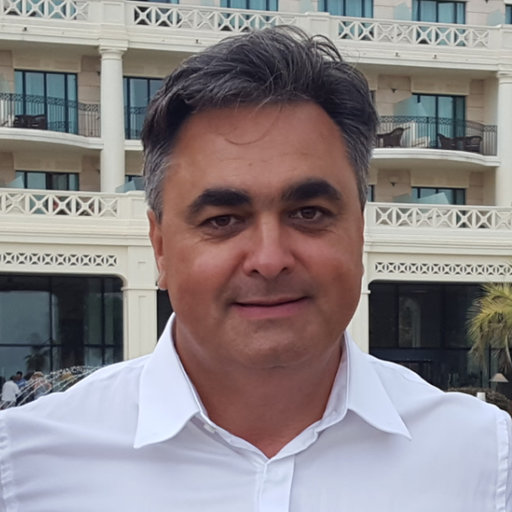
V. UNGUREANU
Politehnica University Timișoara, Romania
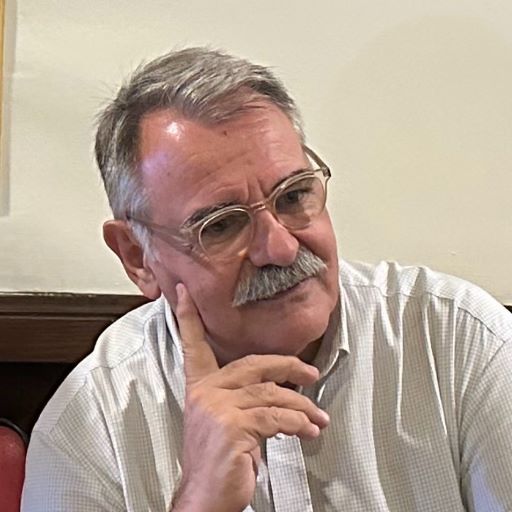
C. BANIOTOPOULOS
University of Birmingham, UK
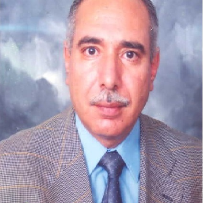
K.M. ABDALLA
Jordan University of Science and Technology, Jordan
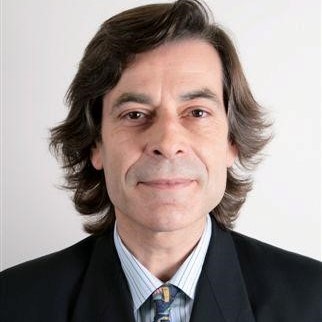
L. BRAGANÇA
CircularB COST Action
STEERING COMMITTEE
BIKAS Dimitrios (GREECE)
BORRI Claudio (ITALY)
DUBINA Dan (ROMANIA)
MALKAWI A.I.H. (S. Arabia)
NUSEIRAT Ahmad (JORDAN)
RAJAI Al Rousam (JORDAN)
SCHAUMANN Peter (GERMANY)
SILVA Luis (PORTUGAL)
STATHOPOULOS Ted (CANADA)
STAVROULAKIS Georgios (GREECE)
STERLING Mark (UK)
VELJKOVIC Milan (NETHERLANDS)
YANG Qingshan (CHINA)
SCIENTIFIC COMMITTEE
AL-ARAIDAH O.M. (JORDAN)
ALHASSAN M. (UAE)
ALMASRI A. (S ARABIA)
ALOMARI A. (JORDAN)
ASKAR R. (PORTUGAL)
BAJARE D. (LATVIA)
BARAKAT S. (UAE)
BENAZOUZ C. (ALGERIA)
BOMPA D. (UK)
BORG R.P. (MALTA)
BRAGANCA L. (PORTUGAL)
CIUTINA A. (ROMANIA)
CVETKOVSKA M. (NORTH MACEDONIA)
DE MATTEIS G. (ITALY)
DINU F. (ROMANIA)
FLORUT C. (ROMANIA)
GADHI N. (MOROCCO)
GERVASIO H. (PORTUGAL)
GKANTOU M. (UK)
GRECEA D. (ROMANIA)
GRIFFITHS P. (UK)
HEMIDA H. (UK)
HOEFFER R. (GERMANY)
KAEWUNRUEN S. (UK)
KOZMAR H. (CROATIA)
KUHNHENNE M. (GERMANY)
LAMPERTI TORNAGHI M. (JRC)
LENCI S. (ITALY)
MALKAWI, D.A.H. (JORDAN)
MATEUS R. (PORTUGAL)
NINOUH T. (ALGERIA)
NISIFOROU O. (CYPRUS)
NUSIER O.K. (JORDAN)
PACE G. (ITALY)
PETZEK E. (ROMANIA)
PARNAS V.E. (CUBA)
REBELO C. (PORTUGAL)
SALLES A. (PORTUGAL)
SNAEBJOERNSON J.T. (ICELAND)
SANTOS P. (PORTUGAL)
STASISKIENE Z. (LITHUANIA)
STRATAN A. (ROMANIA)
TARANU G. (ROMANIA)
THEODOSIOU T. (GREECE)
TSOKA S. (Greece)
TSAVDARIDIS K. (UK)
TSIKALOUDAKI A. (GREECE)
VACAREANU R. (ROMANIA)
VIDAL U. (CHILE)
WALD F. (CZECH REPUBLIC)
YANG J. (CHINA)
ZSEMBINSZKI G. (SPAIN)
LOCAL ORGANIZING COMMITTEE
Politehnica University Timișoara, Romania Romanian Academy, Timișoara Branch/ COST Action CA21103
BOTH I. – Scientific Secretary, UPT
BOTICI A., UPT
BUZATU R., UPT
CERVANTES C., Circular B
CHESOAN A., UPT
CRISAN A., UPT
DOGARIU A., UPT
DUMA D., UPT
HERNEA S., UPT
JAKAB D., UPT
MARGINEAN I., UPT
MUNTEAN D., UPT
NEAGU C., UPT
PINTEA D., UPT
SZALAI V., UPT
ZAHARIA R., UPT
ANNOUNCEMENTS
LANGUAGE
English is the official language of the conference. Abstracts, full papers and presentations at the conference should be in English.
VENUE
The conference will be held at the Central Library of the Politehnica University Timișoara, Bd. Vasile Pârvan nr. 2b, 300223 Timișoara, Romania.
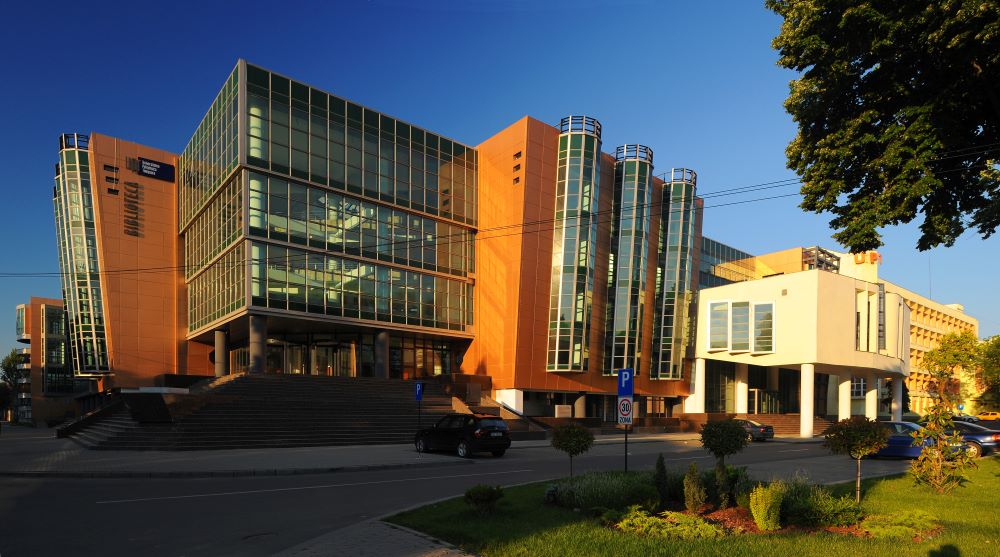
Central Library of the Politehnica University Timișoara
CALL FOR ABSTRACTS
Authors are invited to submit 200-300 words abstracts of papers on the topics listed above between now and the deadline given below. The abstracts should clearly highlight the aims and conclusions of the respective studies. Both abstracts and full papers will be reviewed by outstanding experts in the field and the procedure will conform to the standards required for peer-reviewed conference papers. All accepted papers will be presented during working sessions. Oral presentation is the unavoidable condition for the publication of a paper in the Proceedings.
Please submit your abstract using the cesare24 conference management website. To submit an abstract, you will have to create an account. To do so click on the [Login] in the top-right corner of the page or [Submit a new abstract] and enter your email. You will receive a verification email containing a link that must be used to activate the account. After activation of the account, you will be asked to fill out a form with your contact details. This is a one-time process.
Once you have created the account, please log in to cesare24 and submit the abstract directly online (there is no need to attach a file). In case you need help, please see a short video tutorial here.
Abstracts should indicate the scope of the paper and highlight its original contributions. The length of the abstract should be between 200 and 300 words. Please provide up to 6 keywords and select one of the topics (tracks) to which your paper suits best. Abstracts will be reviewed by the Scientific Committee, and you will be notified of the decision as soon as possible.
IMPORTANT DATES
| Abstract submission: | 27 August 2023 | |
| Abstract acceptance: | 3 September 2023 | |
| Full paper submission: | 15 December 2023 | |
| Peer review: | 15 January 2024 | |
| Full paper acceptance: | 31 January 2024 | |
| Conference: | 29 - 31 May 2024 |
PROCEEDINGS
The papers accepted by the Scientific Committee and presented at the conference will be published by Springer and indexed in Scopus, Ei-Compendex and Web of Science. Final papers will be checked by the publisher for plagiarism issues. Each registered participant can present maximum two papers. The publication of an international journal special issue is also being considered – it would include full-length versions of selected papers presented at the Colloquium.
Please click on the link below to download the paper template:
Download your eBook
You can now download the open access eBook free of charge. To download the PDF file, please click on the following link.
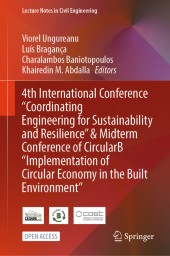 |
4th International Conference "Coordinating Engineering for Sustainability and Resilience" & Midterm Conference of Circular
eBook ISBN |
Conference participants, accompanying persons or company representatives must register to the conference. For the paper to be included in the proceedings, at least one of the authors must register and make the payment for the conference until 28 February 2022. The other authors do not have a deadline to register. Each registered participant can present maximum two papers.
REGISTRATION FEES
|
Early bird before 15.02.2024 |
Regular but before conference start |
|
| Standard | 500 EUR | 600 EUR |
| Student * | 350 EUR | 400 EUR |
| Accompanying person | 150 EUR | 200 EUR |
* If you register as a student, please upload a proof of your student status during registration. This proof can be a student card including the academic year or a registration certificate. You are eligible for the student fee if you are a bachelor, master or PhD student in the academic year 2023-2024.
Standard and student registration fees include:
- Access to conference sessions
- Conference proceedings and bag
- Welcome reception
- Banquet dinner
- Coffee breaks and light lunches
Accompanying person registration fee includes:
- Welcome reception
- Banquet dinner
- Guided sightseeing and light lunches
ONLINE PAYMENT USING A CREDIT/DEBIT CARD
Visa/Mastercard credit and debit cards are accepted. Fill out the Registrant's name, select the amount from the dropdown list below and click the button Pay Now.
You will be redirected to the Unicredit Bank's payment page. Fill out the fields and proceed with the checkout. Upon successful completion of the transaction you will receive a confirmation email from the bank and you will be redirected to this page.
|
|
|
Payment using bank wire transfer
If you prefer payment by bank transfer, use the following account:
Beneficiary: UNIVERSITATEA POLITEHNICA TIMISOARA
Beneficiary address: Piata Victoriei, Nr.2, Timisoara, 300006, Romania
Account number: RO24 BACX 0000 0030 1782 5085
Bank: UniCredit Bank
Bank branch address: Piata Consiliul Europei, Nr.2E, Cladirea U3 "United Business Center 3", Timisoara, Romania
SWIFT: BACXROBU
CUI 4269282
VAT NUMBER: RO23690201
Please specify the following information in the transfer details: CESARE24 / Registrant name
Tuesday, 28.05.2024
| Arrival of participants | |
| 17:00 – 19:00 | Registration (Central Library main hall) |
Wednesday, 29.05.2024
| 08:00 – 09:00 | Registration (Central Library main hall) |
| 09:00 – 09:30 | Opening Session (Auditorium) |
| 09:30 – 10:00 | Keynote Session 1 (Auditorium) |
| 10:00 – 11:00 | Session 1.1: Innovation in materials, products and systems. Part 1 (Auditorium) |
| 11:00 – 11:30 | Coffee Break |
| 11:30 – 13:00 | Session 2: Environmental Impact of Circularity Strategies and Solutions. Part 1 (Auditorium) |
| 13:00 – 14:30 | Lunch |
| 14:30 – 15:00 | Keynote Session 2 (Auditorium) |
| 15:00 – 16:00 | Session 3: Sustainable infrastructures (Auditorium) |
| 16:00 – 16:30 | Coffee Break |
| 16:30 – 18:10 | Session 4: Structural engineering (Auditorium) |
| 20:00 – 22:30 | Welcome Reception (The Charlatan's Pub) |
Thursday, 30.05.2024
| 08:00 – 09:00 | Registration (Central Library main hall) |
| 09:00 – 09:30 | Keynote Session 3 (Auditorium) |
| 09:30 – 10:30 | Session 5: Circular Value Chains and Stakeholders Engagement (Auditorium) |
| 10:30 – 11:00 | Coffee Break |
| 11:00 – 12:00 | Session 6: Digitalisation and BIM for Circular Design and Evaluation in Construction (Auditorium) |
| 12:00 – 13:00 | Session 7: Circular Business Models and Economic Viability of Circularity Solutions (Auditorium) |
| 13:00 – 14:30 | Lunch |
| 14:30 – 16:00 | Session 8: Energy systems and structures (Auditorium) |
| 16:00 – 16:30 | Coffee Break |
| 16:30 – 16:45 | Sponsor presentation |
| 16:45 – 17:45 | Session 1.2: Innovation in materials, products and systems. Part 2 (Auditorium) |
| 20:00 – 22:30 | Conference Banquet (Restaurant Vineri 15) |
Friday, 31.05.2024
| 09:00 – 10:00 | Session 9: Standards and Regulations (K1 room) |
| 10:00 – 11:15 | Session 10: Circularity KPIs and Criteria for Material, Flow and Design Assessment (K1 room) |
| 11:15 – 11:45 | Coffee Break |
| 11:45 – 14:15 | Presentations - Training School (K1 room) |
| 14:15 – 14:30 | Closing session (K1 room) |
| 14:30 – 15:30 | Lunch |
You can download the detailed programme from this link.
CITY OF TIMIŞOARA
The oldest settlements in Timișoara area are more than 7500 years old. The first documentary evidence of Timișoara dates from 1212, under the name of Castrum of Tymes (Timis fortress). The first stone fortress was built between 1307 and 1315 on the orders of Hungarian king, Carol Robert, Prince of Anjou. In 1552 Timișoara fortress was conquered by the Ottoman army and the whole surrounding area was transformed into an Ottoman province. On 1716, the Austrian Habsburg troops led by Prince Eugene of Savoya have liberated the city which later became a free imperial city in December 1781. In 1918, in accordance with the Versailles peace treaty, the Timișoara City and Banat Province became part of Romania. In the 20th century Timișoara became a metropolis with more than 400000 inhabitants that concentrate the economical, commercial, demographic and cultural interest of a large area, in this part of Romania. On December 16th 1989 Timișoara was the place where the anti-Communist revolution started.
In 2023 three cities were awarded the title of European Capital of Culture for 2023 in Europe – Elefsina (Greece), Timisoara (Romania) and Veszprém (Hungary). Click on the yellow bar, on top of this page and check the upcoming events for this year.

Union Square
TRAVEL INFORMATION
Timișoara is served by Romania's third-largest airport, Traian Vuia International Airport, located 10 km away from the city center. Flights to and from international or domestic destinations can be made by airlines like Lufthansa, WizzAir, RyanAir, BlueAir, TAROM.
The most convenient way to get from the airport into the city is by taxi (or UBER), at a cost of 50 –75 RON (about 10-15 EUR). There is always the option to take a bus or to rent a car. You can find various car rental companies (Avis, Hertz, Europecar, Ascar, TOP Rent a Car, Maya Rent a Car) at the Timișoara Airport.
Romania's currency is Leu (plural "Lei"), commonly abbreviated as RON. Foreign currencies may be exchanged at banks, authorized exchange offices, airport, ATMs and larger hotels. Major credit cards (Mastercard and Visa) are widely accepted.
The exchange rate is 1 EUR = 4.95 RON
Alternatively, there is the option to fly to/from Budapest (Hungary). Pay attention, this airport is located 286 km away from Timișoara, which will add around 3 - 4 hours to your trip (by car, bus or train).
VISA INFORMATION
EU/EEA/Swiss citizens do not need a visa when crossing the border to Romania, but they are required to present a valid national passport, or any document recognized by the Romanian state that certifies their identity. Citizens of non-EU/EEA countries are required at border crossing points to present a passport and a valid entry visa and an invitation (if required). Please check the list of countries whose nationals do / do not need entry visas for Romania here www.mae.ro.
ACCOMMODATION
Please note that May is a good month to visit Timișoara, therefore early hotel booking is highly recommended.
To help the attendees find a hotel near the conference venue, we have lined up the hotels below, within walking distance from the meeting venue, or in the downtown area:
|
Timișoara, Str. Marasesti no. 1-3 |
|
Timișoara, Spl. Tudor Vladimirescu no. 2 |
|
Timișoara, Str. Mareșal Constantin Prezan 80 Conference participants benefit from special accommodation rates (450 lei ~ 90 eur/single room and 600 lei ~ 120 eur/double room). Please indicate that you are attending the CESARE conference when checking in. |
|
Timișoara, Str. Remus no. 17 |
|
Timișoara, Strada Romulus no. 12 |
|
Timișoara, Str. Protopop George Dragomir no. 9 |
|
Timișoara, str. Evlia Celebi nr 14 |
|
Timișoara, Calea Circumvalațiunii 8 - 10 |
|
Timișoara, Str. Victor Babes no. 25 |
|
Casa Politehnicii 2 (UPT guesthouse) Timișoara, Bd. Mihai Eminescu nr.11 *Please note that the reservation is made via email: casapoli2@yahoo.com |
More options are available on www.booking.com or www.trivago.com.
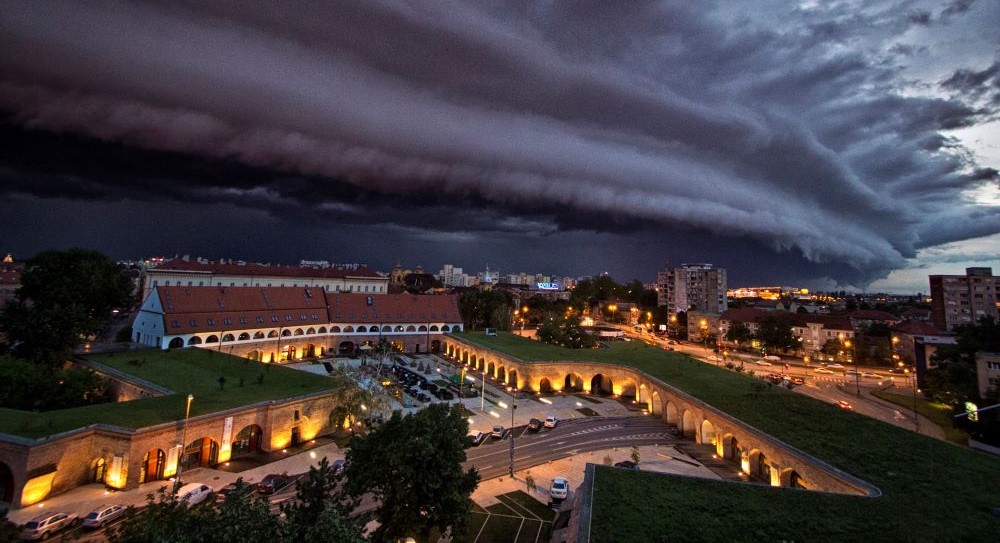
Maria Theresia Bastion
Prof. Viorel UNGUREANU
Tel./Fax. +40 (0)256 403 932;
E-mail: cesare24@upt.ro; viorel.ungureanu@upt.ro
Department of Steel Structures and Structural Mechanics
Faculty of Civil Engineering; Politehnica University Timișoara
1 Ioan Curea, 300224, Timișoara, Romania
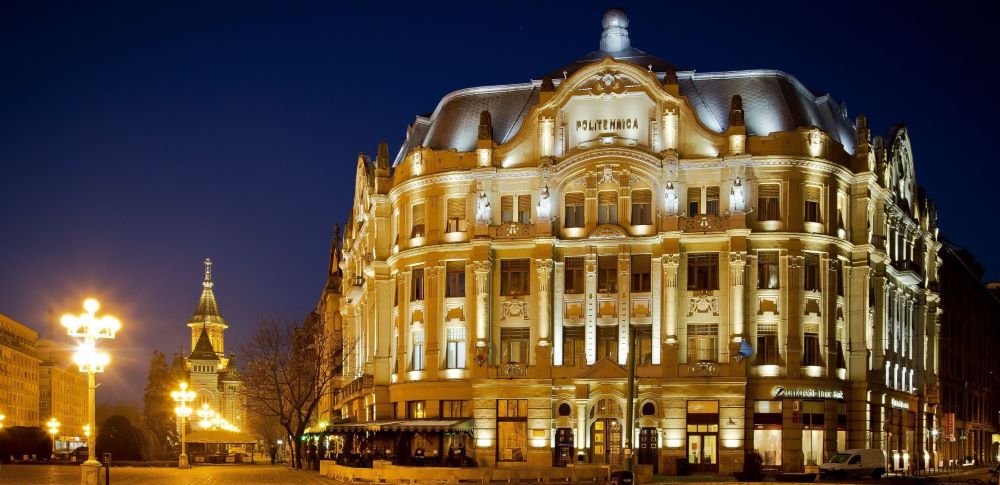
Central Administration Building of the Politehnica University Timișoara


